The recent killing of UnitedHealthcare CEO Brian Thompson has prompted a public fascination with the young man accused of pulling the trigger.
Here Ken Donnelly examines the curious case of Luigi Mangione.
"In some dark corners, this killer is being hailed as a hero. Hear me on this: He is no hero," said Pennsylvania Governor Josh Shapiro earlier this week.
The incident Mr Shapiro is talking about is the killing of UnitedHealthcare CEO Brian Thompson on 4 December in New York.
Mr Shapiro took aim at the attention the case has garnered online, calling it "deeply disturbing" noting that some have "looked to celebrate instead of condemning this killer".
This apparent celebration has taken many forms.
The suspect Luigi Mangione's own personal X account has skyrocketed to over 400,000 followers, while a fan page called Luigi Mangione Updates now has over 50,000 followers on X.
The memes have proliferated across all social media sites, including calls for Mr Mangione to be played by actor Dave Franco in a Hollywood adaptation, along with any number of Sopranos-based posts riffing on Mr Mangione's Italian heritage.
The US online entertainment tabloid TMZ has been carrying front-to-back coverage of the case following Mr Mangione’s every move.
One article headline reads: 'Luigi Mangione Smashes Open Beer With Head & Chugs It, Video Shows’.
There has been a wide array of what are known colloquially as "thirst tweets", where fans desperately yearn for or express sexual desire towards a celebrity, in this case, Mr Mangione.
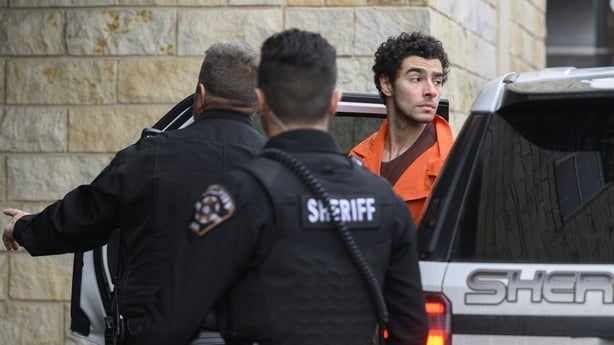
Then come the political posts, with many supporting the use of violence to target a source of power, wealth and perceived injustice.
Fake posts have also thrived amid the frenzied online response.
A screenshot of a fake post purportedly from the official Burger King X account read "We don't snitch", in reference to the fact that an employee at McDonald’s in Pennsylvania was the one to inform the police of Mr Mangione’s presence in the fast-food restaurant.
Another screenshot doing the rounds claimed to be of a post from the official Nintendo X account showing Luigi, of Mario Bros fame, behind bars with the caption "Free him".
Neither of these posts were real.
However, it begs the question - why did so many people think that a major corporation would post a meme in support of a man arrested on suspicion of murdering another man in the middle of Manhattan?
In an age of edgy brand marketing and conversational company social accounts, such a prospect might not seem too far-fetched.
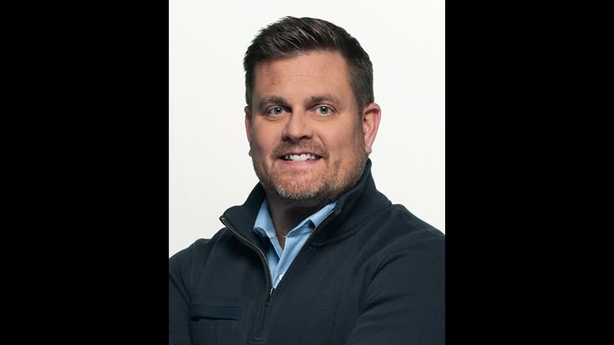
In the classic style of a rapid rise to fame, Mr Mangione's own historical tweets have been dredged up, with some musings failing to meet the lofty standards of his adoring fans.
So how did we get here?
The specific identities of the murder victim and the suspect, coupled with the current political and cultural moment, appear to have created the perfect conditions for this unexpected online reaction.
Murder victim Brian Thompson was shot dead outside the Hilton Midtown hotel in Manhattan at 6.45am on 4 December 2024.
Mr Thompson, a 50-year-old man from Maple Grove, Minnesota, was walking from his hotel alone towards the Hilton when a gunman approached from behind and shot him in the back.
At the time of his death, Mr Thompson had been the CEO of UnitedHealthcare, UnitedHealth Group's insurance unit.
He had held the post since April 2021 and was in New York for the company's annual investor conference when he was killed.
Prior to becoming CEO of UnitedHealthcare, Mr Thompson was the head of the University of Iowa's government programmes business and before that its Medicare and retirement business.
Pennsylvania Governor Shapiro said: "Brian Thompson was a father of two, he was a husband, and he was a friend to many and yes, he was the CEO of a healthcare company."
Mr Shapiro may well have said "and crucially" when referring to Mr Thompson's profession.
Without that central fact, there is no story here.
Former NYPD detective sergeant Felipe Rodriguez said the reaction to the killing has made the killer "a martyr for all the troubles people have had with their own insurance companies".
"I mean, who hasn't had run-ins with their insurance? But he's a stone-cold killer," he said.
Even former detectives cannot talk about the murder of Mr Thompson without mentioning what he did for a living.
What is clear is that the fact the victim was the CEO of a healthcare company has had a huge bearing on the public response to his death.
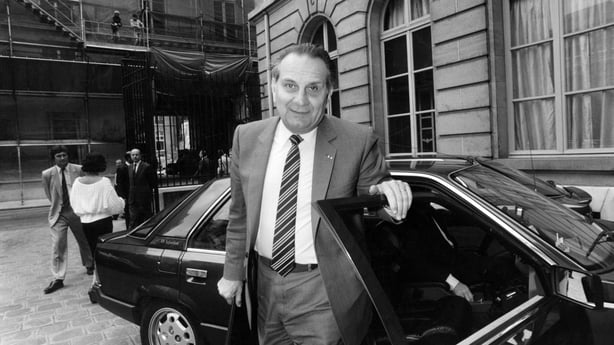
Mr Thompson's death is a personal tragedy which deeply affects his family and those who knew him.
But as CEO of the largest US health insurer, Mr Thompson was also the public face of a company, which some believe has negatively impacted society.
And it is in this grey area, between personal tragedy and the targeting of the face of corporate greed, that public sentiment has become murky.
There have been powerful victims of assassinations before. However, the targets have largely been political leaders.
Renault CEO Georges Besse was killed in Paris in 1986 by a radical militant left-wing organisation known as Action Directe.
The group cited social damage caused by the decision of mass layoffs in the company as the reason for the assassination.
However, the effect healthcare companies have on the lives of average Americans appears to be far more acute than Renault layoffs in France in the 1980s.
The US healthcare system is never far from the headlines.
Patients are now even more likely to have their claims denied, pay more for premiums and medical visits, and face unexpected costs for care they thought were covered by their health plan, according to recent data.
The New York Times quoted a poster on TikTok who commented on the Brian Thompson assassination: "I pay $1,300 a month for health insurance with an $8,000 deductible ($23,000 yearly). When I finally reached that deductible, they denied my claims. He was making a million dollars a month."
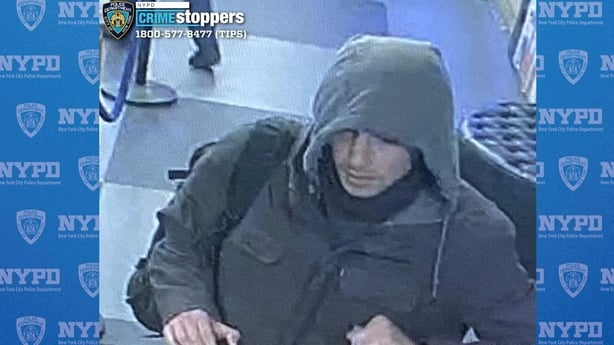
Combine this frustration with the high level of public awareness of the profit and greed within the healthcare system as depicted in TV shows and films, and you get an industry ripe for scrutiny.
The Hulu series Dopesick laid bare the suffering caused by so-called 'Big Pharma’, while Michael Moore’s Oscar-nominated documentary 'Sicko' takes aim at the flawed profit-driven system of health maintenance organisations.
These are not just stories seen in the media or on TV, however.
A Federal Reserve report found that 37% of the US population cannot come up with $400 in cash to cope with an emergency expense.
The comments of former police detective Felipe Rodriguez therefore resonated when he asked who in America had not had their run-ins with insurance companies.
The murder suspect
While the identity of the victim made the story newsworthy, the identification of the suspect saw public attention go into overdrive.
On 5 December, a day after the murder, the NYPD released two images of a person of interest taken by surveillance cameras at a hostel and at Starbucks.
One of the stills showed who we now know to be Mr Mangione with his mask pulled down smiling at a female attendant in the hostel.
Mr Mangione looks relaxed, casual and is described in many quarters as being flirtatious.
However, the key reason why the photo went so viral is that Mr Mangione appears handsome and charming.
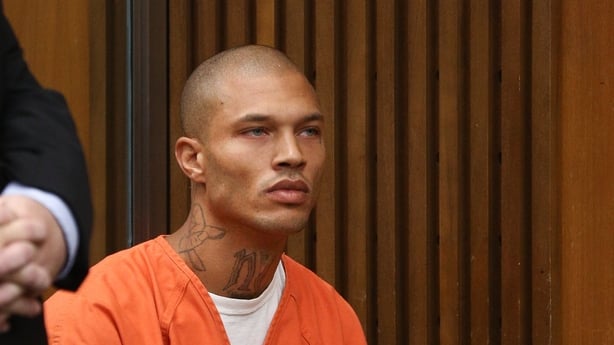
If a two-word answer was required for why this case has captured online imagination like no other, it would simply be – "that photo".
Subsequent photos have emerged of Mr Mangione hiking with his top off, smiling widely with a McDonald’s Happy Meal and of course his mugshots.
The aforementioned Luigi Mangione Updates account put it succinctly: "Luigi Mangione looks radiant in newly released mugshot!"
If there is an image of a typical accused murderer, this is not it and Mr Mangione’s mugshot is not the first to cause a stir for all the wrong reasons.
Jeremy Meeks, an American model, shot to viral fame when his striking mugshot earned him the moniker "hot felon".
Mr Meeks, who was convicted on weapons charges, released an autobiography this year off the back of his viral mugshot.
Rolling Stone magazine, meanwhile, was widely criticised for carrying a picture of the Boston bomber, Dzhokhar Tsarnaev, on its front cover.
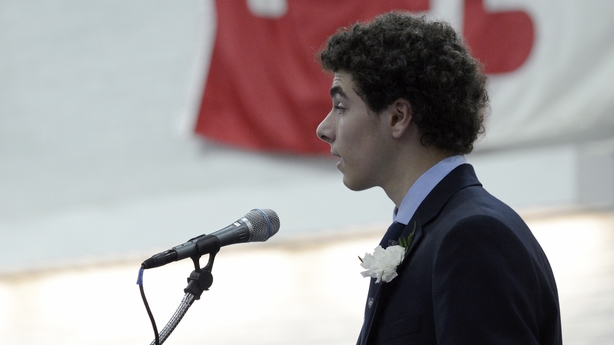
Tsarnaev, who was found guilty of the use of a weapon of mass destruction resulting in the deaths of four people, also received a level of support from corners of social media, though nothing on the levels of adulation directed at Mr Mangione.
While Mr Mangione had been living in Hawaii before his arrest, he originally hails from Towson, Maryland, near Baltimore.
He comes from a prominent and wealthy Italian-American family, according to the Baltimore Banner, and graduated at the top of his class in 2016.
Mr Mangione went on to attend the prestigious University of Pennsylvania, where he completed both a bachelor's and master's degree in computer science by 2020.
Mr Mangione’s middle-class credentials are unimpeachable.
In fact, there has always been a fascination with suspected murderers of a wealthy background - and Ireland is no exception.
The double-murder perpetrated by well-known socialite Malcolm McArthur in the summer of 1982, known colloquially as GUBU, gripped the nation for over 40 years now, with books and podcasts coming out as recently as last year.
The confluence of the profession of the victim and the suspect in the killing of the UnitedHealth CEO is what has made this case so compelling.
While the rarity of the case does not excuse this horrific murder, it is another window into understanding the broad appeal of the case of Luigi Mangione.
Backlash to social media frenzy
What followed the murder, the arrest and the subsequent social media frenzy, was the backlash to what many saw as the trivialisation of murder.
Many are distinctly uneasy with the deification of a man suspected of murdering another man on the streets of New York.
Echoing this sentiment, Josh Shapiro chose to say: "In America, we do not kill people in cold blood to resolve policy differences or express a viewpoint."
Meanwhile, many have pointed out that the US was founded using violence, while US foreign policy in Iraq, Afghanistan and elsewhere in the Middle East has explicitly used violence to impose a particular viewpoint.
Political figures like Mr Shapiro are undoubtedly right to condemn the brazen killing of a man on the streets of Manhattan.
But at a time when the US healthcare system is perceived to ignore the sick and dying, it is clear many have chosen to take a very different perspective on this unprecedented case.







